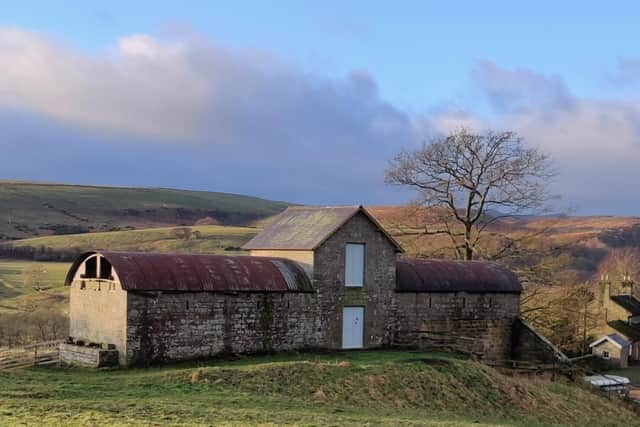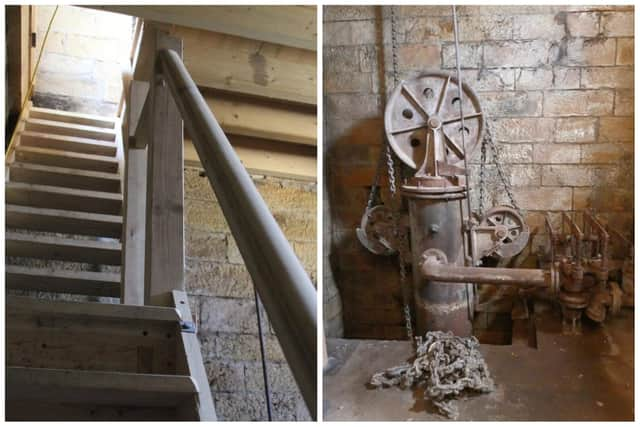Hydraulic silo built by Lord Armstrong near Rothbury accurately dated thanks to tour visitor
and live on Freeview channel 276
Historians were previously left to estimate when the hydraulic silo at Cragend Farm, formerly part of industrialist Lord Armstrong’s Cragside estate near Rothbury, was first in use.
A visitor on a tour of the building, made safe after the flooring was restored, suggested the Tyne and Wear Archives may hold technical drawings for the machinery and, following the discovery of a model number on the equipment, these were successfully located.
Advertisement
Hide AdAdvertisement
Hide AdDates on the drawings show the building was built in 1884, a decade earlier than previously assumed.


Owner of Cragend Farm Lou Renwick said: “We managed to do it because we started doing the tours, and doing the tours brought people out of the woodwork who knew information.
“They told me where to go to find all this information. It has basically had a knock on effect in terms of research and heritage.”
Historic Houses, a cooperative association supporting privately-owned historical buildings, provided the funding in 2018 to support the restoration of the floor.
Advertisement
Hide AdAdvertisement
Hide AdThe organisation has now nominated the hydraulic silo at Cragend Farm for an award alongside many bigger and more famous buildings, and Historic England is in the process of updating the building’s official listing.


Lou said: “All the pieces we have on site are totally unique. They are in situ and it is the only water-powered silage-making facility in the world.
“Armstrong was really into water power and harnessing natural resources because he knew that coal was going to run out.
“He powered the electricity at Cragside with water power and our systems are no different, but they are powering agricultural machinery.”
Advertisement
Hide AdAdvertisement
Hide AdThe hydraulic silo used energy from moving water to chop grass and compress it into silage with 36 weights, which could then be fed to the farm’s livestock.
The hoist in the building operates using the same mechanism as Tower Bridge in London.
Further archive searches have found newspaper clippings of royal visits to the building in 1887 and 1888, and uncovered more details on how the men worked the machines within it.
While the machines are too old to get back up and running, Lou hopes that eventually the farm could run on hydroelectric power again.
Advertisement
Hide AdAdvertisement
Hide AdShe is encouraging people to visit the unique farm where they can view the archive documents and tour the building, and potentially contribute to further discoveries about the area’s history.
Lou said: “We have shown people around here. From that, we have got some information that helps us do some research.
“Doing the research found out more about the farm than anybody ever knew. With the tours, lots of things have come to light.
“We are trying to get especially local people but anyone who has any knowledge of hydraulics or anything to come and have a look, because it is quite unique.”
For more information about Cragend Farm and to arrange a tour, visit cragendfarm.co.uk